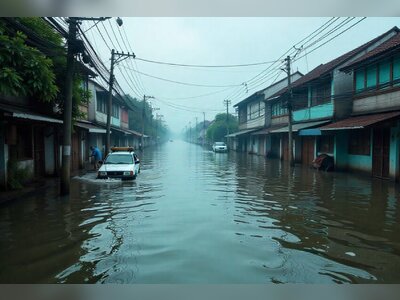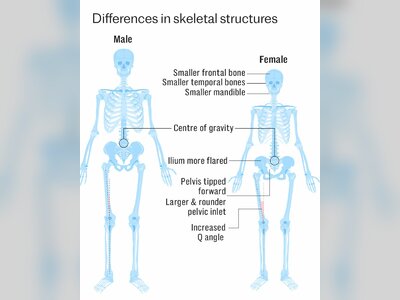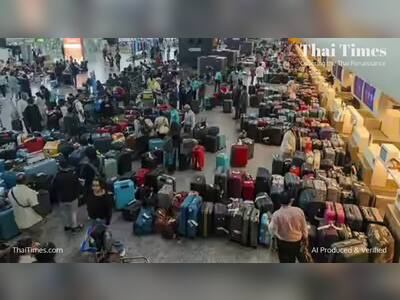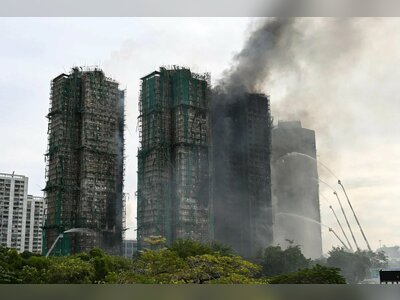Thailand’s Municipal System: Urban Boundaries and Population Figures Explained
A detailed overview of administrative divisions, updated urban boundaries, and varying population estimates in Thailand.
Thailand classifies its settlements into three categories: city municipalities (thesaban nakhon), town municipalities (thesaban mueang), and township municipalities (thesaban tambon).
As of November 2024, there are thirty-three city municipalities, although the national capital Bangkok and the special governed city Pattaya operate as self-governing districts outside this system.
Due to limitations in the traditional thesaban framework, which does not account for subsequent urban growth, authorities regularly revise city boundaries through royal decrees published in the Royal Thai Government Gazette.
These revised boundaries, often referred to as urban areas (khet mueang), generally correspond to the province’s capital district (Amphoe Mueang), with Chiang Mai being the only city whose urban area spans multiple districts.
Bangkok and Chiang Mai remain the only Thai cities with populations exceeding one million.
According to the thesaban system, Thailand’s urbanization rate was fifty-two percent in two thousand twenty-one, equating to approximately thirty-six million people living in urban areas.
The distribution shows that roughly eight million reside in city municipalities, about four and a half million in town municipalities, and over twenty-three million in township municipalities.
Alternatively, using the revised urban area system, nearly twenty-two million people—representing thirty-one percent of the total population—live in urban areas with more than one hundred fifty thousand inhabitants.
Population figures vary among agencies.
The Department of Local Administration compiles data on the locally registered Thai population, which reflects migration and seasonal labor patterns, while the National Statistics Office conducts a decennial census that counts the total resident Thai population plus under one thousand permanent resident foreigners.
Neither agency reports municipal-level data that includes non-permanent residents, long-stay expatriates, or contracted foreign ASEAN migrants, although efforts to regularize these figures have been ongoing since two thousand fourteen.
In many cases, municipal population figures represent only the administrative core, which may not fully capture the current size of the city due to later growth.
For instance, geographically limited city municipalities like Koh Samui and certain suburban areas of Bangkok are exceptions, while Pattaya, though designated as a self-governing district, has expanded into adjacent subdistricts, forming the de facto Pattaya-Bang Lamung-Jomtien area.
As of December two thousand seventeen, there were two thousand two hundred and sixty-six township municipalities in Thailand.
As of November 2024, there are thirty-three city municipalities, although the national capital Bangkok and the special governed city Pattaya operate as self-governing districts outside this system.
Due to limitations in the traditional thesaban framework, which does not account for subsequent urban growth, authorities regularly revise city boundaries through royal decrees published in the Royal Thai Government Gazette.
These revised boundaries, often referred to as urban areas (khet mueang), generally correspond to the province’s capital district (Amphoe Mueang), with Chiang Mai being the only city whose urban area spans multiple districts.
Bangkok and Chiang Mai remain the only Thai cities with populations exceeding one million.
According to the thesaban system, Thailand’s urbanization rate was fifty-two percent in two thousand twenty-one, equating to approximately thirty-six million people living in urban areas.
The distribution shows that roughly eight million reside in city municipalities, about four and a half million in town municipalities, and over twenty-three million in township municipalities.
Alternatively, using the revised urban area system, nearly twenty-two million people—representing thirty-one percent of the total population—live in urban areas with more than one hundred fifty thousand inhabitants.
Population figures vary among agencies.
The Department of Local Administration compiles data on the locally registered Thai population, which reflects migration and seasonal labor patterns, while the National Statistics Office conducts a decennial census that counts the total resident Thai population plus under one thousand permanent resident foreigners.
Neither agency reports municipal-level data that includes non-permanent residents, long-stay expatriates, or contracted foreign ASEAN migrants, although efforts to regularize these figures have been ongoing since two thousand fourteen.
In many cases, municipal population figures represent only the administrative core, which may not fully capture the current size of the city due to later growth.
For instance, geographically limited city municipalities like Koh Samui and certain suburban areas of Bangkok are exceptions, while Pattaya, though designated as a self-governing district, has expanded into adjacent subdistricts, forming the de facto Pattaya-Bang Lamung-Jomtien area.
As of December two thousand seventeen, there were two thousand two hundred and sixty-six township municipalities in Thailand.











